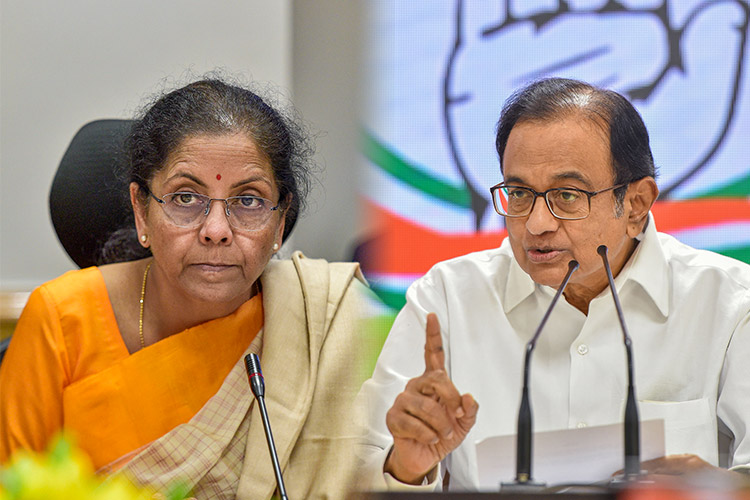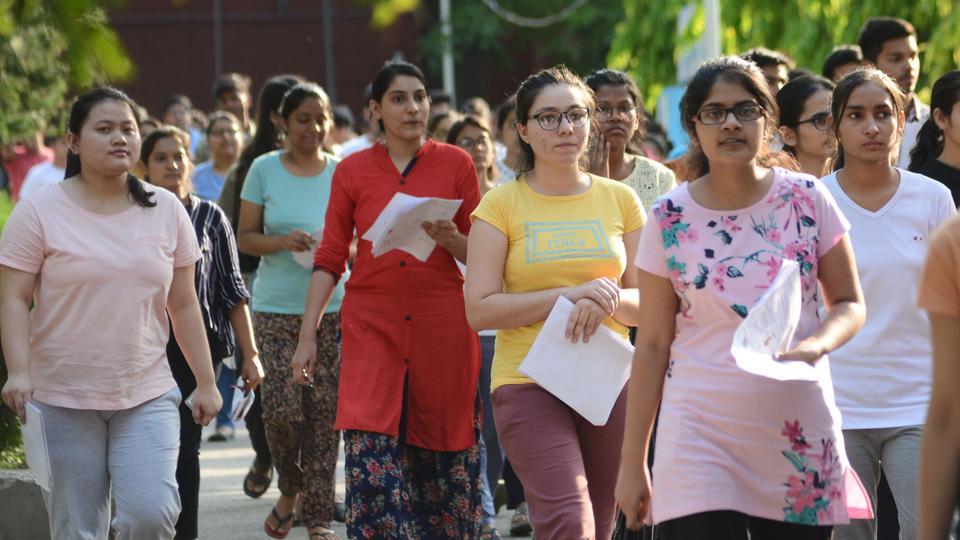In a public notice, the UGC said the application process for undergraduate CUET will commence from the first week of April
UGC chairman M Jagadesh Kumar on Monday said the central universities will have to use Common University Entrance Test (CUET) scores to admit students to undergraduate programmes this year and not the Class 12 marks.
He said the CUET, in all likelihood, will be conducted in the first week of July. In a public notice released later in the day, the UGC said the application process for undergraduate CUET will commence from the first week of April.
“From the 2022-23 academic year, the National Testing Agency will be conducting the CUET for undergraduate and postgraduate programmes. All the central universities will have to consider CUET scores for admissions to their programmes,” Kumar said at a press briefing.
There are 45 central universities funded by the University Grants Commission (UGC). The syllabus of the CUET will be mirrored with the Class 12 model syllabus of the NCERT, Kumar said.
The CUET will have Section 1A, Section 1B, general test and domain-specific subjects. Section 1A, which will be compulsory, will be in 13 languages and candidates can choose the language of their choice.
The options are English, Hindi, Assamese, Bengali, Gujarati, Kannada, Malayalam, Marathi, Odia, Punjabi, Tamil, Telugu and Urdu. Section 1B is optional and for students who want to opt for another language apart from the ones that are a part of Section 1A. Some of the languages on offer are French, Arabic, German, etc, he added.
Under the domain-specific subjects, a candidate can choose up to a maximum of six domains that they wish to pursue at the undergraduate level, Kumar said.
Some of the domains are anthropology, accounting, book-keeping, etc. There are some universities that have general test as eligibility criteria for admission to even domain-specific courses so that is a part of the CUET, he said.
The UGC chairman said the reservation policy of the universities will not be impacted due to the CUET.
“The universities can enrol candidates for the general seats as well as for the reserved seats on the basis of CUET scores. It will not impact the existing admission and reservation policy that are in accordance with the Ordinances of the varsity,” he said.
Explaining further, he said if a university has a certain percentage of seats reserved for local students, it will be able to retain that.
“But these students will also have to take admission through CUET,” he added. Central Universities like Jamia Millia Islamia and Aligarh Muslim University (AMU) reserve half of their seats for the minority students. Both the universities are yet to take a call on CUET.
According to an AMU official, they will take a call on the CUET once they receive any communication from the UGC.
Similarly, an official from the Jamia Millia Islamia said they have not yet decided on CUET and will wait for an official communication from the UGC. The university had also constituted a committee of some officials to study how CUET can be conducted for admission to the varsity.
Kumar also said foreign students will continue to be admitted in accordance with the existing practice the universities have on supernumerary basis.
The universities will be allowed to conduct practical and interviews for courses like music, fine arts, theatre, along with CUET. “The institutes can accord certain weightage to practical for such courses,” he said.
He also said there would not be any centralised counselling after CUET this year. The universities will have their own counselling.
The CUET will be held in two shifts. In the first shift, candidates will be able to write one language, two domain-specific papers and the general test. In the second shift, candidates can write the remaining four domain-specific subjects and section 1B, Kumar said.
He said the common entrance test will provide equal opportunities to students from across boards, especially to those from the northeast and rural areas.
The CUET is also expected to reduce financial burden on parents and students, as candidates will only have to write one exam.
The state universities, private universities and deemed to be universities can also use CUET scores for undergraduate and postgraduate admissions if they want, Kumar said.
The Delhi University and some other universities have already announced that they will only admit students to undergraduate courses on the basis of CUET.
About postgraduate programmes, Kumar said there are many universities that have adopted the CUET while there are some that conduct their own exams. The universities will have flexibility to opt for CUET as of now.
“We hope that all the universities adopt the CUET for postgraduate programmes,” he said.
The NTA will soon release the detailed guidelines regarding CUET.
Currently 54 centre universities are in India that is inclusive of Central University of Tamil Nadu in Tiruvarur District and Indian Maritime University in Chennai district are in Tamilnadu
Central universities or union universities in India are established by an Act of Parliament and are under the purview of the Department of Higher Education in the Ministry of Education.
In general, universities in India are recognised by the University Grants Commission (UGC), which draws its power from the University Grants Commission Act, 1956









